Here’s the miracle coma awakening story of Dianne Katz. The 51-year-old had been in a coma-like state for two years. The family had gotten used to her non-responsiveness and had begun to accept that this was now who she was. Everything changed in this story, however, when she was given a course of Zolpidem by Dr. Nel, in the form of a crushed tablet. The family can hardly believe Dianne’s response, as they see the first glimpse of who she was in years.

Dianne In Her Semi Comatose State
Dr. Nel administered the Zolpidem to Dianne in pill form. As she was in a semi-comatose state, regular administration of the pill with a glass of water was too much for her to take. Therefore, he made the pill more conducive to easier use. To this end, he crushed the pill so it would dissolve in her mouth when administered. Also, he only gave her half a pill as her age and state could have presented a problem if a higher dose were used.

Zolpidem Being Crushed
The crushed Zolpidem was placed into Dianne’s mouth using a spoon. Thankfully, as she was only partially comatose, it was possible to administer the treatment to her orally. It was hard to tell if she even liked the medicine as she looked somewhat uncomfortable when given the powdered pill. Thankfully, family members such as her daughter Tracy were on hand to help to get her to accept the medicine. As Dianne swallowed the Zolpidem, there was a look of struggle and disgust apparent on her face.

Dianne Receiving Zolpidem
The medicine being used to help Dianne was being used a bit differently than was intended at its inception. Zolpidem, which is sold under various trade names such as Ambien and Stilnox, is a medication that is used in the short-term treatment of various sleeping disorders. It is only supposed to be used after behavioral and counseling changes have been tried. The duration of action for Zolpidem is typically in the three-hour region. The dosage used can be as much as three tablets at a time.

Zolpidem
When you hear that Zolpidem is a sleeping aid, it seems a bit confusing that it can be used to achieve the opposite in comatose patients. The secret behind this is a result of the brain anomalies that occur during a coma. Gamma-aminobutyric acid (GABA) is an amino acid with an inhibitive neurotransmitter function. Therefore, it naturally decreases brain activity by blocking some signals. GABA has an opposite effect in those who are comatose, and Zolpidem stimulates the neurotransmitter.

GABA Structure
Dr. Nel crushed the Zolpidem tablet at 1:56 PM, which was given to Dianne. With the treatment administered, the family could only hope to see better brain function in Dianne. Though feelings of excitement and hope were highly present, Zolpidem is not a drug that takes a very long time to start working. However, it felt as if it were time to play the waiting game. All the family had to do was exercise patience for about 20 minutes more.

The Hospital Clock At Administration Time
While the full effects of the Zolpidem don’t kick in all at once, Dr. Nel and the family members present begin to see small changes almost 20 minutes after the crushed Zolpidem was administered. Though it was not a full response, the doctor was able to identify signs of relaxation in Dianne as he began to do some light stretching with her arm. At this moment, Dianne’s daughter, Tracy, began speaking to her excitedly as she saw a ray of hope.

Dr. Nel Stretching Dianne’s Arm
With the relaxation observation out of the way, Dr. Nel began to look for other signs of progression. The one that he identified next was in Dianne’s vision. Until now, even with her eyes open, Dianne didn’t seem to be able to exercise much control over their direction or focus. The doctor observed that her eyes showed signs that she was able to narrow her focus after the course of treatment was administered. Tracy took full advantage of this as she stared into her mother’s eyes.

Dr. Nel Speaks About The Focus In Her Eyes
Dr. Nel highlighted that he began to see signs of cognition by about 2:15 PM. The family got the confirmation they needed soon after as Dianne started to respond to what was going on around her. First, she looked at Tracy, who was speaking to her. In what was a welcome surprise, she moved her head towards her daughter and looked to put on a weak smile. As you can imagine, there was an air of joy in the room for this most welcome development.

Dianne Responding
In a powerful and overwhelming moment, as tears were shed, Tracy spoke to her mother and saw her responding with motion and smiles. While there was no speech, this is more than anyone saw from Dianne in a very long time. Dr. Nel encouraged Tracy to give her mom a kiss, which she did quite a few times. At this point, there was no question that Dianne was now able to focus her attention, as she was intently interacting with her daughter as much as she could.

Tracy Hugs Her Mom
Everyone present was truly impressed by what was unfolding in front of their eyes. Here was this woman who barely showed signs of function for so long. Now she was interacting with her loved ones. However, it got even better as for the first time in two years, Dianne uttered words. While it was hard to hear what she said, her voice could be heard during her comment. All her family members in attendance were simply overjoyed to hear her voice again.
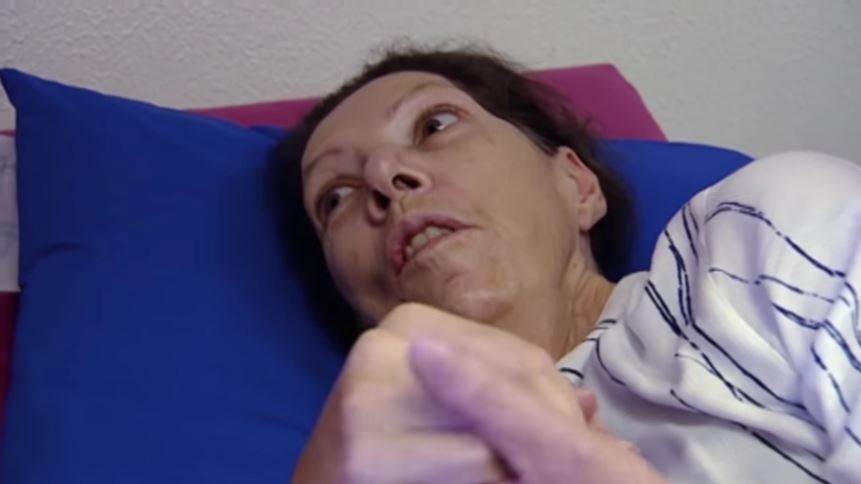
Dianne Speaking
While the first few words were inaudible and no more than a sign that Dianne was responding well to the Zolpidem, what came after was more than anyone could have dreamed of. Even Dr. Nel was in tears after seeing Dianne make so much progress. Her family launched into a full-fledged conversation with her as she spoke with more clarity in each sentence. Her sister hugged Dr. Nel and expressed a teary and sincere thanks for allowing her to see her sister again.
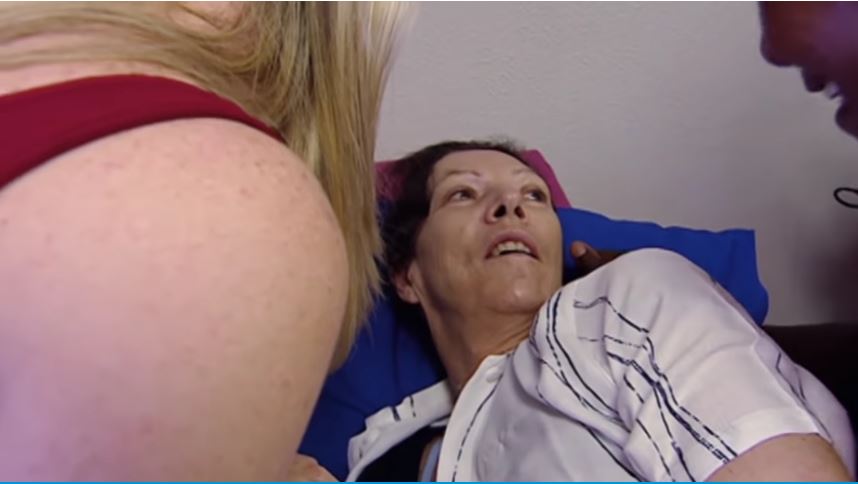
Dianne In Conversation
Before the course of Zolpidem, Dianne was not doing much but laying down because of her ailment. Moving and having a conversation indicated great progress, but Dianne had one more huge surprise left that shocked everyone present. In yet another first-time moment in a long time, Dianne decided that she wanted to sit up on her own. Tracy could be heard saying “good grief” at the sight of her mother in anything other than a lying position. Though Dianne was still weak, she looked very strong.
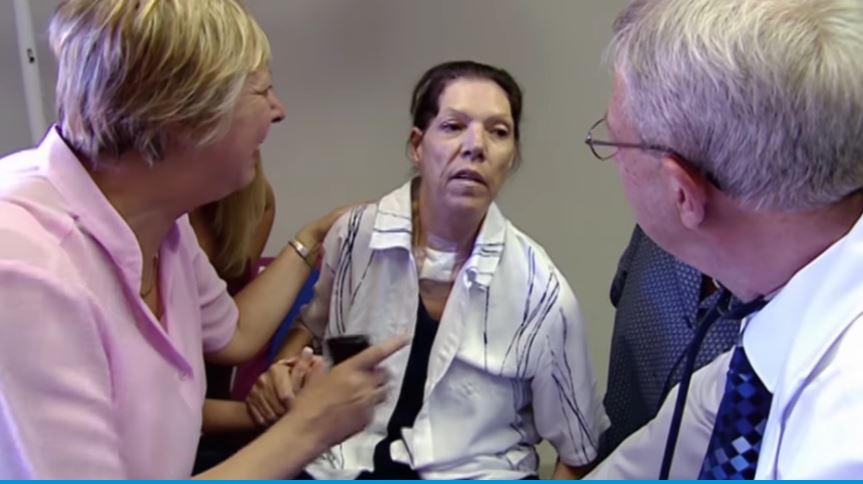
Dianne Sitting Up
There is no doubt that a lot of progress was made. In a short space of time, Dianne showed tremendous improvement and tremendous progress. Her family really felt as though they reclaimed someone that was somewhat lost. While the whole moment was amazing, it could not last because this was all made possible through Zolpidem. The drug only has an active effect for up to three hours. This means that the family only had that time before Dianne lost her ability to respond again.

Tracy Hugs Dianne
Dianne’s sister recounted what happened with a smile glued to her face. “Dianne came back to us,” was the first thing she said. You could see a sense of genuine amazement and gratitude for all that had happened even though it was not permanent. The good thing that Dr. Nel indicated that the success achieved was a start that he could build on. He even told Dianne that things could only get better from here. It was truly a beautiful experience.

Dianne’s Sister Recounting The Events
A girl who was in a coma for six years began to show signs of function when she was administered the sleeping drug Zolpidem. Amy Pickard, who as 23 years old at the time, had fallen into a coma since she was 17 years old. She was visited by her mother, Thelma, daily since her ordeal began. Thelma hoped for her daughter to awaken on her own or for something medical breakthrough to come along and end the comatose state.

Amy And Thelma
Six years after her coma began, Amy had not made much progress. In fact, it could be said that she made none. The entire period was spent lying on her assigned hospital bed. She initially fell unconscious in 2001, and since that time, she did not display many signs of activity. She could not eat, nor could she breathe without assistance. Machines at the hospital were keeping her alive and, it seemed as if her passing was imminent if she were ever taken off their support.
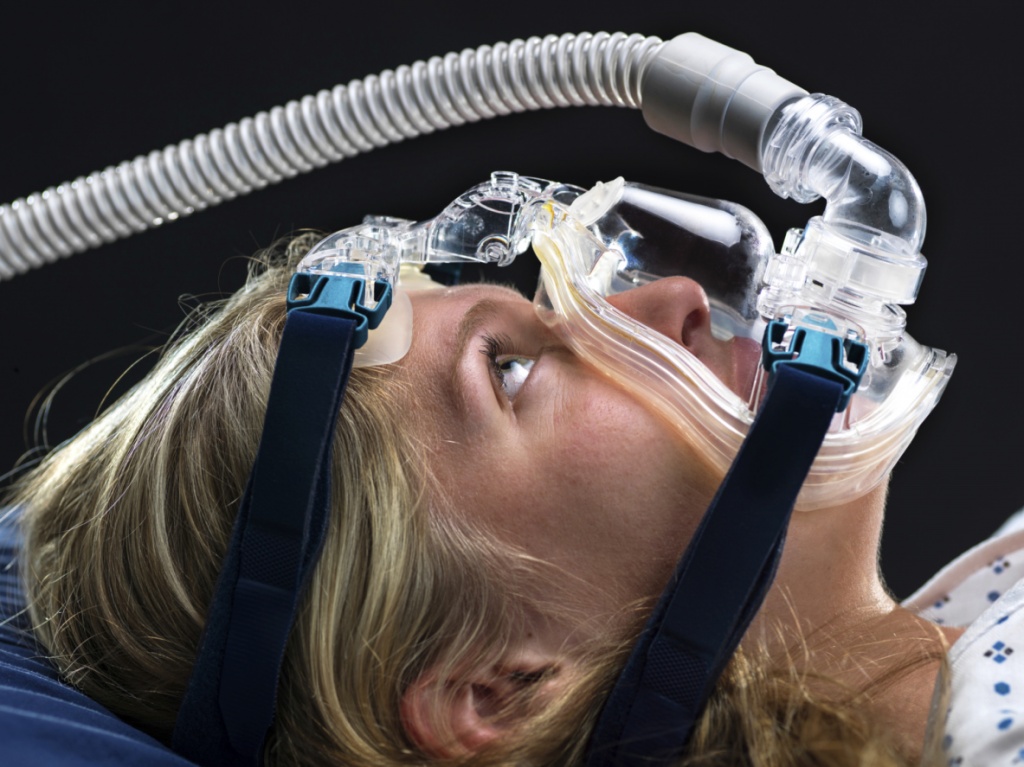
Patient On Breathing Support
Thelma describes Amy as ‘feisty and strong.’ This was so much so that Amy’s spirit is cited as a source of her mother’s strength. However, the trigger for the coma is where the strength was used for the wrong reason. At 17 years old, Amy got pregnant for her then-boyfriend. When she was 10 weeks pregnant, she experimented with the drug heroin. Her mother attributes this to her boyfriend’s getting her involved with a bad crowd, which influenced her behavior.

Heroin And Syringe
Unfortunately, Amy’s experiment with heroin was her undoing, and this is what induced her coma initially. She passed out in a Harold Place public toilet after what is believed to be an overdose on the drug. She was only discovered when a fire crew forced the door open, and she was found lying on the ground, helpless. Paramedics were quickly called in, and they did their best to attempt to save the teen. While her life was spared, her consciousness was not.

Harold Place Toilet
The medical crew that tried to save Amy realized she was not as responsive as was desirable. It was subsequently determined that due to a lack of oxygen the teen had suffered, she was a victim of brain damage. Doctors went ahead and delivered the baby, who was named Summer-Louise. Unfortunately, the child did not survive and was pronounced dead only five days later. It is likely that the disruptions to Amy’s bodily processes had a negative impact on the child.
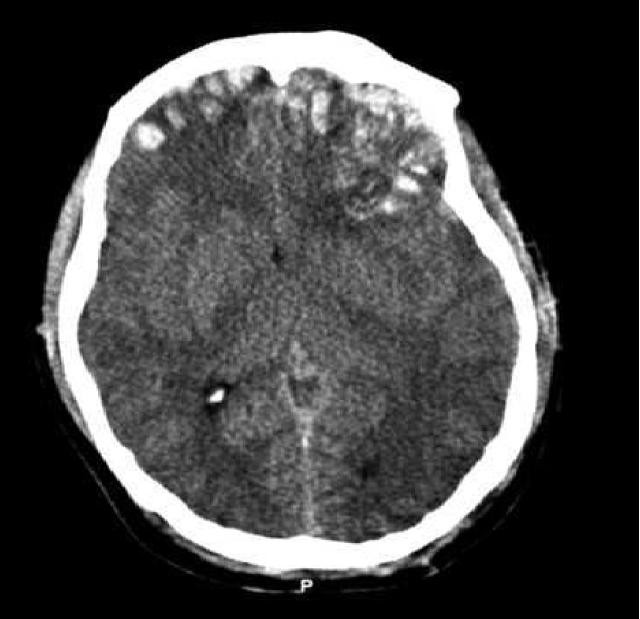
Brain Damage
Thelma was at a point where she would try anything to save her baby, and a Zolpidem study seemed like a ray of hope where there was no other. With her consent, Amy was enrolled in the study to see how Zolpidem affects comatose patients. Thelma only hoped that she would get to see the best of her daughter again. This is not the first instance in which Zolpidem was used to this effect, and it has been done successfully before.

Stilnox Branded Zolpidem
The study came about because doctors wanted to test their theory on how Zolpidem impacts patients with brain defects. In normal patients, the drug is used as a short-term treatment method for sleeping disorders as it reacts with an inhibiting neurotransmitter. When patients have brain damage, the effect of this neurotransmitter is reversed. Therefore, it leads to increased brain activity, which can improve a patient’s condition. Of course, by participating in the study, Amy had a chance to reap the benefits at no charge.

Stilnox
After raising her daughter and visiting her every day, Thelma got a feel for what her daughter’s new “normal” was. Therefore, you can imagine the excitement and joy in seeing her daughter do something that appeared to be progressive. Thelma reported that after being administered a course of Zolpidem, not only had her daughter’s “sparkle” returned to her eyes, but she was even able to stand at times. This seemed like the answer that the mother-daughter pair needed after so many years.

Thelma Kisses Amy
Amy’s reaction to various stimuli also improved, which were welcome surprises to her mother. Her taste buds seemed to be starting to send signals to her brain again as she started to react to foods with strong tastes. Thelma said that Amy even seemed more relaxed and more comfortable than she had been in years. The “feisty and determined” personality that Thelma used to describe Amy looked to be making a return, and she claimed her daughter was “fighting” to recover.
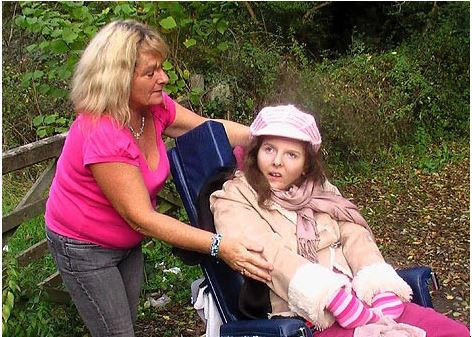
Thelma Comforts Amy
The changes in Amy’s condition were welcome, but her vegetative state remained over time. The Zolpidem pills allowed her to breathe on her own, among other things; however, her body could not go on. After two years on the Zolpidem course, Amy passed away at 25 years old. Now, Thelma looks to pick up the pieces after the tragedy. She described her daughter as being her best friend and her everything. Amy was described as a bubbly girl with much to live for.

14 Year Old Amy
The word Coma originated in the land of Greece. It is derived from the Greek word “koma.” Koma roughly translates to “deep sleep.” This was used to refer to a state of sleep that was more intense than normal. Since it was viewed as sleep, chances are there were people in need of medical attention in ancient Greece that never got it. The population probably assumed that comatose people were in a very heavy sleep, as opposed to having a medical condition.

Woman In A Medically Induced Coma
Obviously, not every unconscious person is in a coma. If that were the case, then everyone who gets knocked out should be getting medical attention to treat a coma. There are a couple of determinants that are used to ascertain that a coma is present. The most basic of these is time. The diagnosis of a coma requires doctors to observe that a patient has been unconscious and unresponsive for at least six hours. The bar is set there as it is just high enough to rule out other probable reasons for unconsciousness.

Man Checking On Unconscious Woman
There are several reasons why a coma can occur. Most of these are involuntary, as only medically induced comas occur as a result of choice. Some of the most common reasons that people fall into a coma are internal. These include intoxication, strokes, or head trauma. These are usually unpredictable, and there is no telling how long they last. Medically induced comas are usually used by doctors to prevent patients from feeling intense pain, such as that which can be felt during surgeries.

Man Put In Coma Ahead Of Surgical Treatment
What you may not about comas is that there is a ranking system used to determine how severe one is. The ranking system is based on a scale known as the “Glasgow Coma Scale.” It is based on a numerical system that ranks unconscious people, and the rank assigned reflects how extreme the coma is. Tests are typically done for responsiveness, and the results of these tests determine what numbers are assigned to each patient. The rankings help in determining the next steps for treatment.
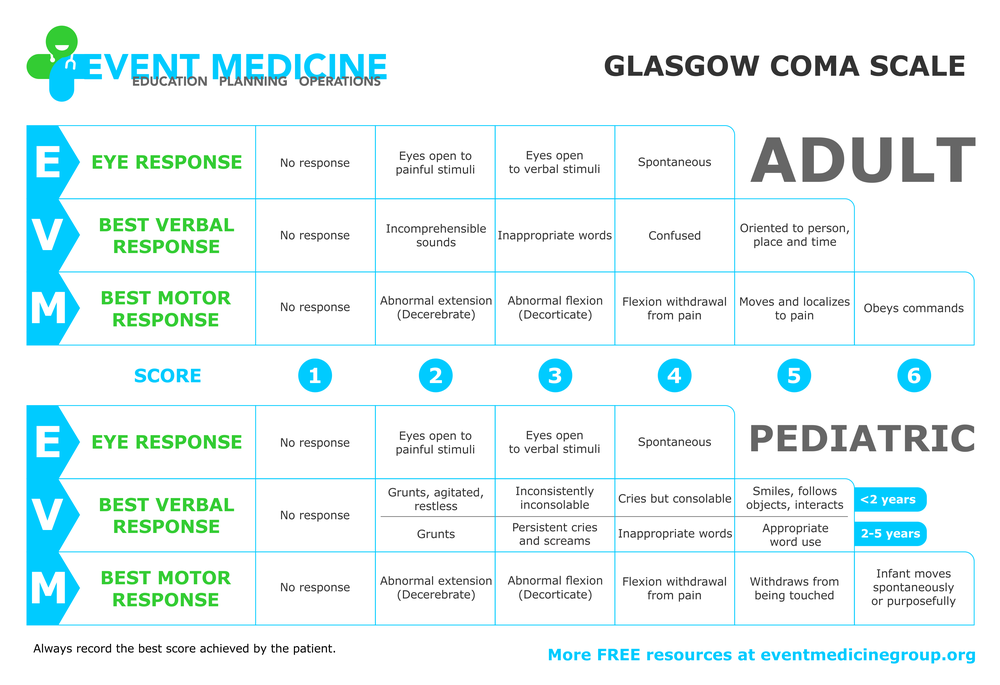
Basic Glasgow Coma Scale
Sometimes, pupils are used to determine if a person is in a comatose state. While this is well known, some persons have a misconception about how this works. It is believed that both pupils need to be dilated to indicate that a person is comatose. However, someone in a coma can have a single dilated pupil. The most accurate test that can be performed is that which uses light. A lack of reaction to light is one of the best indicators of a coma.
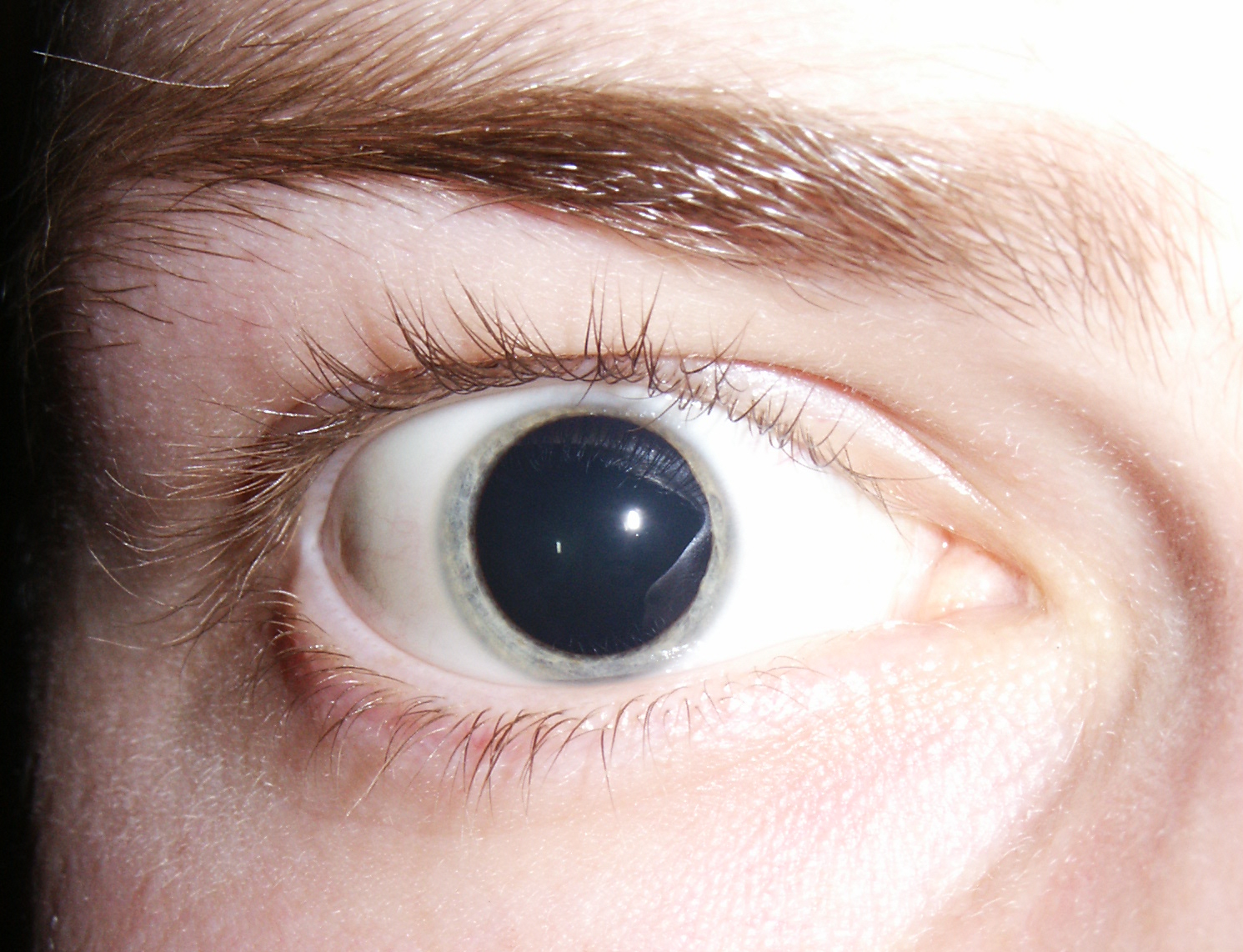
Dilated Pupil
Most mainstream depictions of a coma give the impression that though a person is alive during a coma, he/she seems to be in a version of sleep that is as animated as death is. Therefore, many people believe that persons are unable to move at all in a comatose state. However, this is not the case. Involuntary movements are very likely to occur during a coma. Persons who suffer from seizures may even experience them more frequently during a coma.
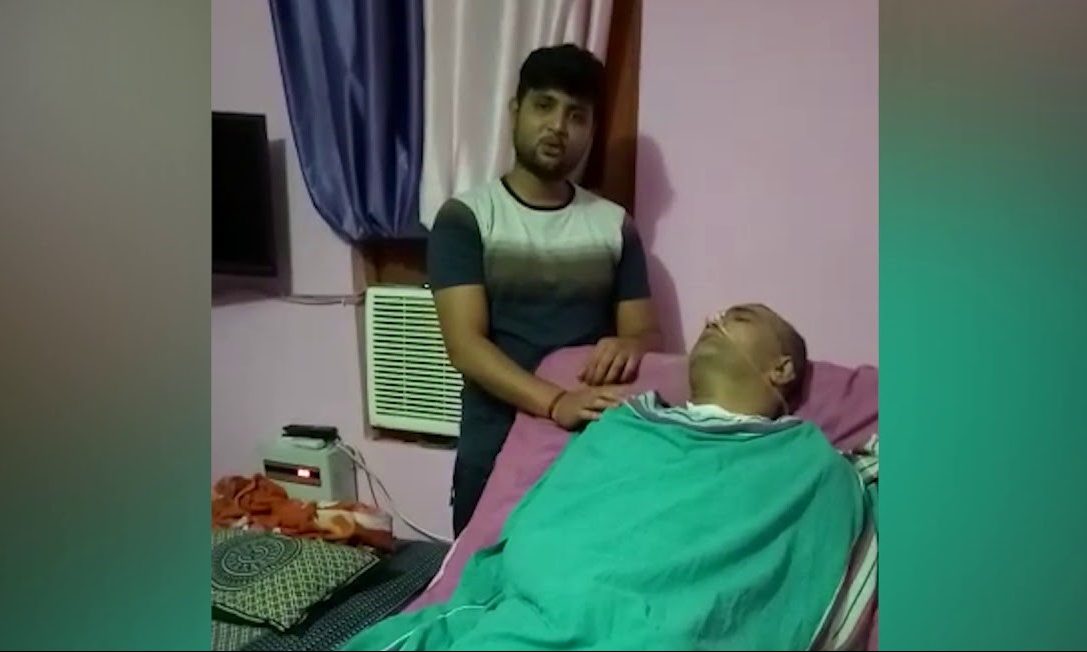
Comatose Patient Who Moved Arms And Legs
Considering that a person in a coma can live for a very long time despite reduced brain activity, it’s no surprise that the coma itself is not what kills persons who are in one for a prolonged period. The inability to return to a state of consciousness is a recipe for secondary issues such as infections. A person who is locked in a coma is more prone to infections as his/her immune system is weaker than that of a healthy person.

Malaria Parasite Invasion Due To Weak Immune System
A coma can last as little as six hours, or it can last for years. The scary part is that comas are very unpredictable. You never know when one is around the corner, and there is no telling when to expect one to end. The only exception to this rule is a medically induced coma. Elaine Esposito is a testament to the unpredictability of comas. She was in a coma for 37 years and almost four months. Sadly, she never emerged from her coma before she passed away.

Elaine Esposito
A coma is a scary thing, and nobody wants to end up in one involuntarily. Some people only stay in a coma for a short time, while others find themselves in very long comas, and they never wake up. Some people can even return to a somewhat normal life. Terry Wallis, for example, is one example as he woke up after 19 years in his coma. He was even able to function somewhat regularly, even after having been through reduced brain functionality.
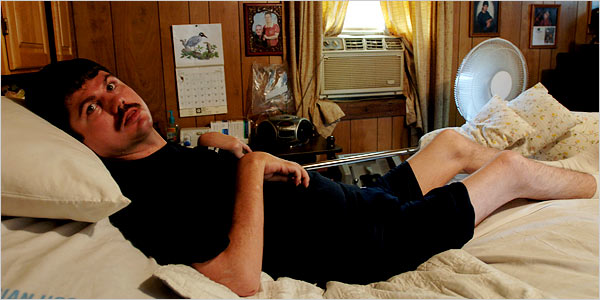
Terry Wallis
Unfortunately for some people who end up in comas, they also enter a vegetative state. As the brain is responsible for many bodily functions, many things can go wrong when it becomes damaged. The damage results in a compromise of said functions. This compromise can be so severe in some people, that they cannot function at the basic level cognitively or physiologically. This is known as a vegetative state. The state is not always permanent, and some people even maintain awareness.

Man In Vegetative State
The first thing medical professionals do with comatose patients is to deal with any looming threat of immediate danger. Once this is done, the treatment usually focuses on keeping the patients healthy and alive since they cannot be forcefully removed from the coma. Maintaining a healthy comatose patient status requires a focus on the prevention of infections and ailments. Bedsores and Pneumonia are common issues a patient in a coma is forced to deal with. Physiotherapy is also sometimes used to prevent deformities.

Coma Patient Receiving Care
When someone wakes up from a coma, there is no telling what state he/she is in. Some effects may not even be discovered until a long time has passed. Speech is one thing that is commonly altered after a coma has passed. However, this effect is not always a loss of ability to speak clearly. Some patients wake up with a foreign accent, which is strange enough. However, others pick up an entirely new language that they did not know prior to entering the coma. Reuben Nsemoh is the best example as he awoke speaking Spanish fluently.

Reuben Nsemoh
Many people have imagined living the life of a Hollywood celebrity. Some have even impersonated said celebrities for a spot of fun. However, not many people can say that they truly believed themselves to be someone else. This is what happened to Rory Curtis, a British native. He suffered major brain trauma and genuinely believed that he was Matthew McConaughey. His concerns first began to mount upon looking in the mirror and not seeing McConaughey’s face as his reflection.

Rory Curtis
Many people believe that being in a coma implies complete unresponsiveness. However, this is not the case. As there are different types of comas, they present themselves differently. In fact, it is possible to be in a semi-comatose state. Some people are even aware of their surroundings while they are in a coma. Patients display varying levels during consciousness, and this is usually a good indicator of the severity of the comatose state. This is the reason that tests of responsiveness are used in making a diagnosis.

Minimally Conscious Coma Patient
The way movies portray a coma is accurate in many respects. However, there are also a few inaccurate depictions based on how real comas work. One of the most common myths that media has created is how the process of waking up from a coma works. Typically, someone transitions from fully comatose to fully awake in a second in movies. Patients show signs of “wanting to wake up” for weeks before they do in the real world. When they do awaken, they are loopy, confused, and they need assistance.

Patient Who Woke Up After 20 Years In A Coma







